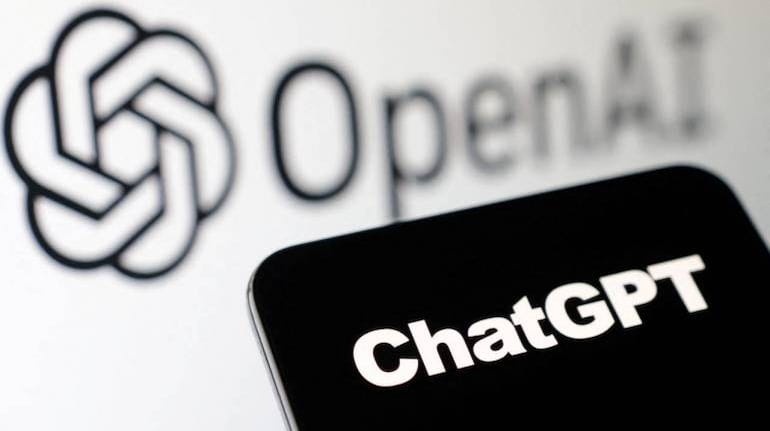ChatGPT is a powerful tool for content creation, but sometimes, the results can feel robotic or too formal. By using the right approach and prompts, you can guide ChatGPT to write more like a human, bringing your content to life. This 7-step guide will show you how to craft prompts that make your writing more engaging, emotional, and natural — perfect for blogs, social media, marketing, and more.

Let’s dive into these steps to enhance your ChatGPT experience!
1. Platform-Specific Context: Tailor for the Right Audience
First, identify the platform where your content will live. Different platforms have different expectations for tone, style, and content structure. Whether it’s LinkedIn, Instagram, or a personal blog, being specific about the platform helps ChatGPT adjust its writing accordingly.
Example: Instead of saying, “Write about digital marketing tips,” you can say:
“Write an engaging LinkedIn post for marketing professionals, sharing 3 tips for improving SEO strategies.”
This ensures the content is targeted and aligns with the platform’s style.
2. Define the Tone and Voice
Whether you’re writing for a corporate website or a casual blog, defining the tone and voice helps ChatGPT match human-like writing styles that fit your audience. Be explicit about whether you want the content to be formal, casual, humorous, or empathetic.
Example: “Create a blog post for a personal finance website, using a professional yet approachable tone to explain investment basics.”
On platforms like Twitter, where brevity is essential, you can guide ChatGPT to be concise yet impactful. For example:
“Write a tweet about the importance of building an emergency fund with a motivational tone.”

3. Use Storytelling for Blogs and Articles
Humans love stories. Adding storytelling elements into your prompts will give ChatGPT a framework to create content that reads like a real human experience, which works well on platforms like Medium, blogs, or newsletters.
Example: “Write a blog for Medium about a freelancer who quit their 9-to-5 job and tripled their income in one year. Include a personal tone and storytelling elements to make it engaging.”
This prompts ChatGPT to infuse personality, narrative, and relatability into the piece, perfect for blog formats.
4. Ask for Conversational Language
On social platforms like Facebook or Instagram, conversational tones work best. To make ChatGPT write more like a human, ask for conversational language that mirrors everyday speech.
Example: “Write an Instagram caption that talks to small business owners about how they can boost their online presence with just three simple tricks. Keep it fun and conversational.”
This prompt tells ChatGPT to avoid formalities and adopt a friendly, easy-to-read style.
5. Leverage Emotional Cues
Content on platforms like Twitter and Instagram thrives when it connects emotionally with audiences. You can guide ChatGPT to include emotional triggers such as empathy, motivation, or humor to make the content resonate on a personal level.
Example: “Write a Facebook post for a mental health awareness page, giving advice on handling workplace stress. Use a supportive and empathetic tone.”
By adding emotional depth, ChatGPT will write in a way that connects with readers on an emotional level, creating a more human feel.
6. Structure for Engagement
Interactive and engaging content performs well across many platforms, whether it’s a blog post, a social media update, or a YouTube description. Ask ChatGPT to structure the content in a way that encourages interaction, such as posing questions, including lists, or using catchy phrases.
Example: “Write a YouTube video description for a tutorial on graphic design tips, encouraging viewers to leave comments on what they found most helpful and share their designs.”
For blogs, you could say:
“Write a listicle-style blog post for a lifestyle blog with 5 health hacks that busy professionals can easily implement. Use bullet points and ask questions at the end to engage readers.”
7. Request Platform-Specific Revisions
Once you get the initial response, ask for revisions that cater to the platform. Each platform has its quirks — Twitter is concise, blogs allow for length, and LinkedIn requires a balance between professional and personal.
Example: “Revise the blog post to make it shorter and more concise for LinkedIn, using bullet points and adding a CTA for connecting at the end.”
For Twitter: “Condense this information into 3 tweets, keeping each under 280 characters and using hashtags related to digital marketing.”
Final Thoughts: Mastering ChatGPT for Different Platforms
By following this 7-step prompt strategy, you can train ChatGPT to write with a human touch, personalized for the platform you’re working on. Whether you’re crafting a blog, social media post, or website content, using specific, platform-oriented prompts will make your AI-generated content feel alive, engaging, and tailored to your audience.
Ready to elevate your content? Give these tips a try and watch your writing come alive across all platforms!
This platform-focused approach ensures you’re making the most of ChatGPT, producing content that matches each unique space while still maintaining a human, engaging touch.
Comments
Post a Comment